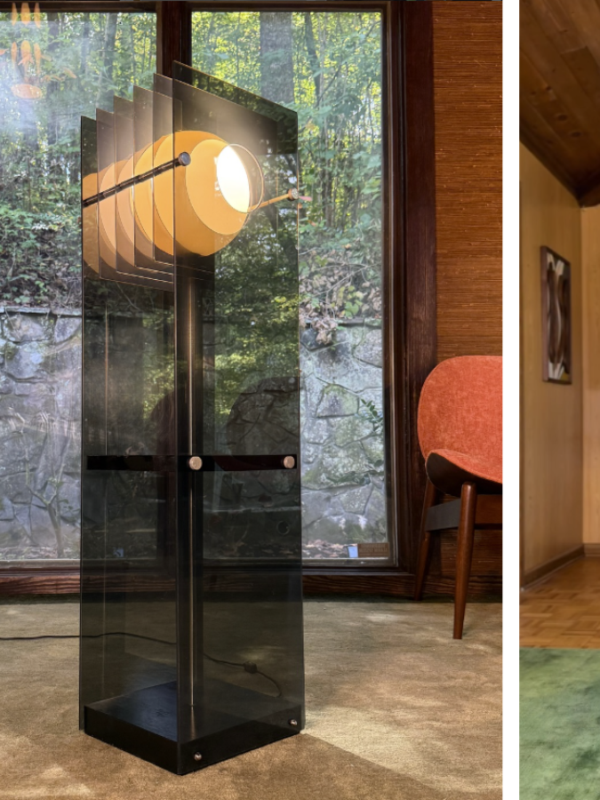Setting aside the debate over whether attendance at spring High Point Market was typical or not, the bigger question on everyone’s collective mind was whether the products they fell in love with at market were sitting in a factory in China (bad news), out on the water en route to America (not-so-great news), or already available in the manufacturer’s U.S. warehouse (best scenario).
Years ago, retailers were willing to wait many months for a new design they fell in love with at market to arrive in their stores. These days, time is of the essence — a beat-the-tariff clock as it were.
A fair number of High Point Market exhibitors posted signs advertising “tariff-free” products or “Made in America” in their showroom windows, and Lighting News Now heard of several retailers who ventured into unfamiliar showrooms specifically as a result of those signs.
With tariffs from every country causing prices to rise, retailers attending High Point Market kept an eye out for new products as usual — but they were continually weighing the decision of whether a new design was worth the increased cost, or if something similar could be found elsewhere from a manufacturer that already had it in stock.
It also bears noting – as I heard from one domestic manufacturer – that there is a misconception out there that if a product line is made in America, then its prices will not increase. This is not necessarily the case. For example, China remains the largest producer of steel in the world, followed by India, and then Japan (America ranks number four). A domestic lighting manufacturer could legitimately be making all of its lighting fixtures in the U.S., but it is using imported raw materials (steel, brass, and aluminum). In addition, lighting fixtures contain a lot of metal components (screws and fasteners of all kinds) and many of those are sourced overseas. Therefore, if a domestic manufacturer uses imported metal components, the cost of producing that American-made fixture will naturally be higher with the tariffs in effect. Some retailers ask, “But won’t a domestic manufacturer absorb that incremental cost?” The answer depends on a variety of factors; some may, and others may not.
As one industry insider told Lighting News Now, there is a high likelihood that “zombie companies” might be on the rise. (Zombie companies are described as those that need a bailout in order to operate successfully, or “an indebted company that is only able to repay interest on its debt.”) A very real example of this would be a company that is unable to pay for its container of goods when it arrives at an American port due to the rise in tariffs while it was on the water. Perhaps that cost is now so high there is no way to reasonably pass along that increase to the consumer, who may be able to purchase similar products from a less-expensive source. If a company can’t sell its goods competitively, then it can’t be profitable.
Naturally, companies that have goods ready to ship from U.S. warehouses are in the best position to survive the critical upcoming months as the tariff situation continues to get sorted and re-negotiated.
With the summer show season about to start, has your criteria changed for purchasing product for your showroom? Share your thoughts with me at linda@homenewsnow.com




